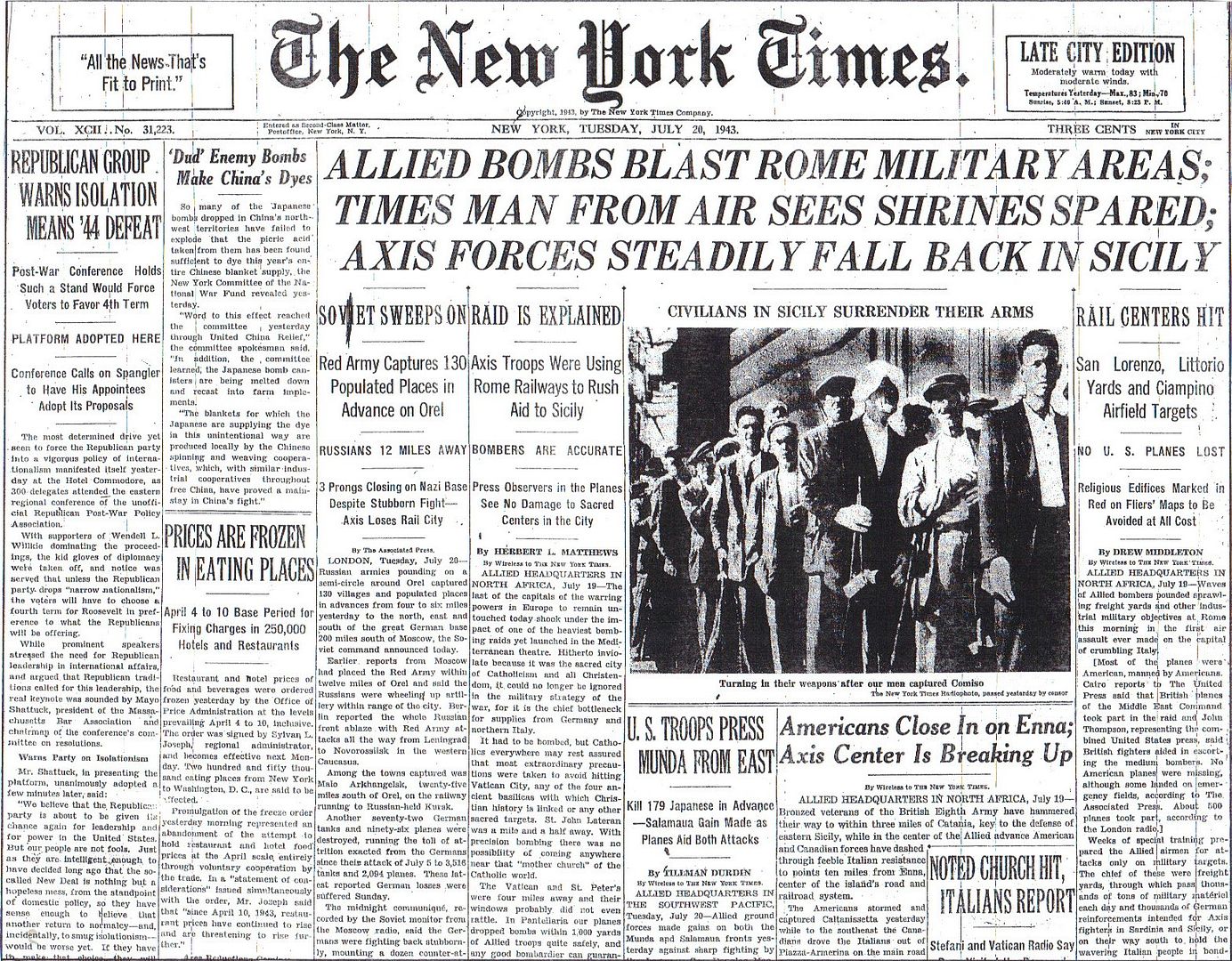
Posted on 07/20/2013 6:00:59 AM PDT by Homer_J_Simpson


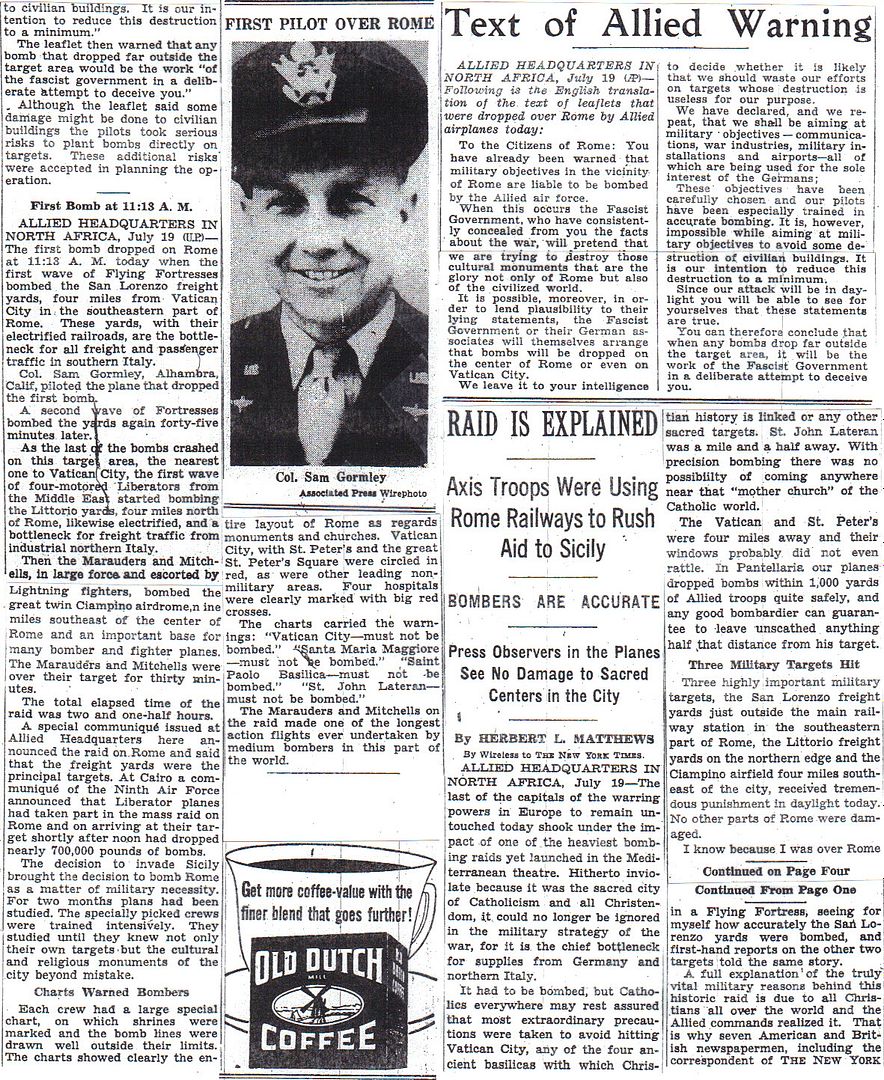
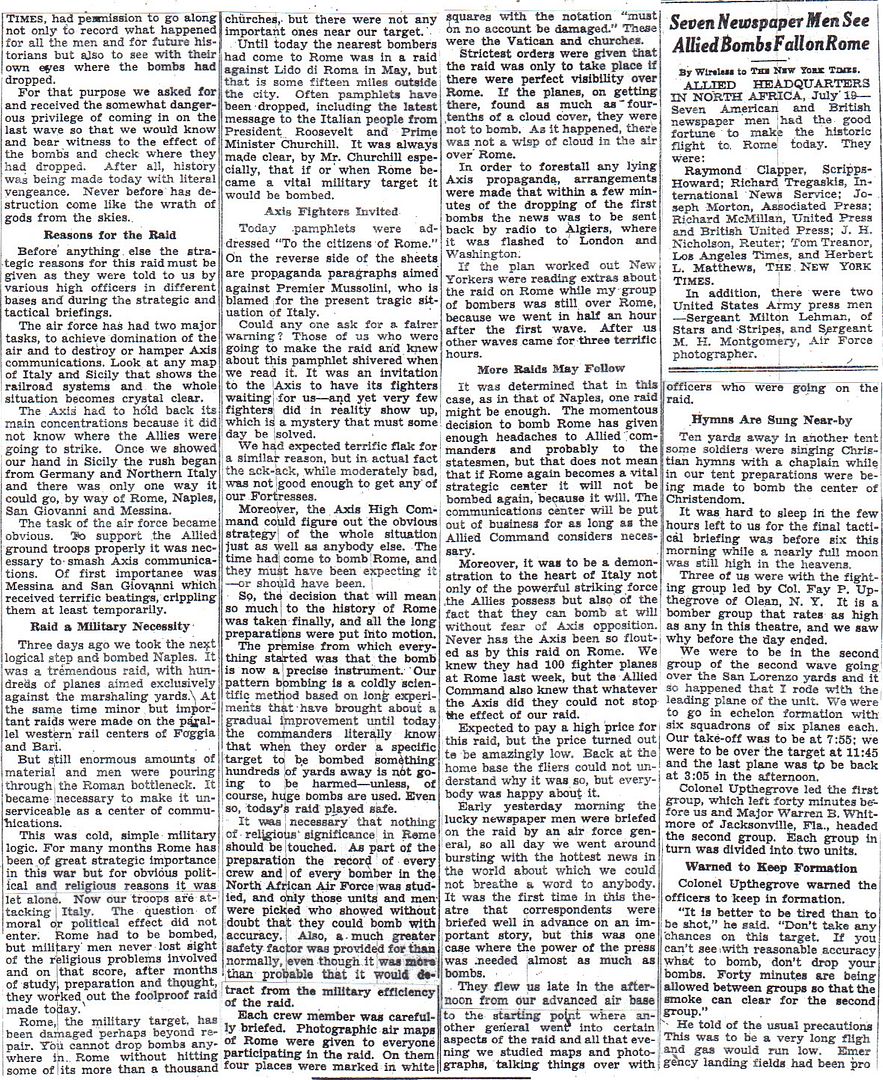
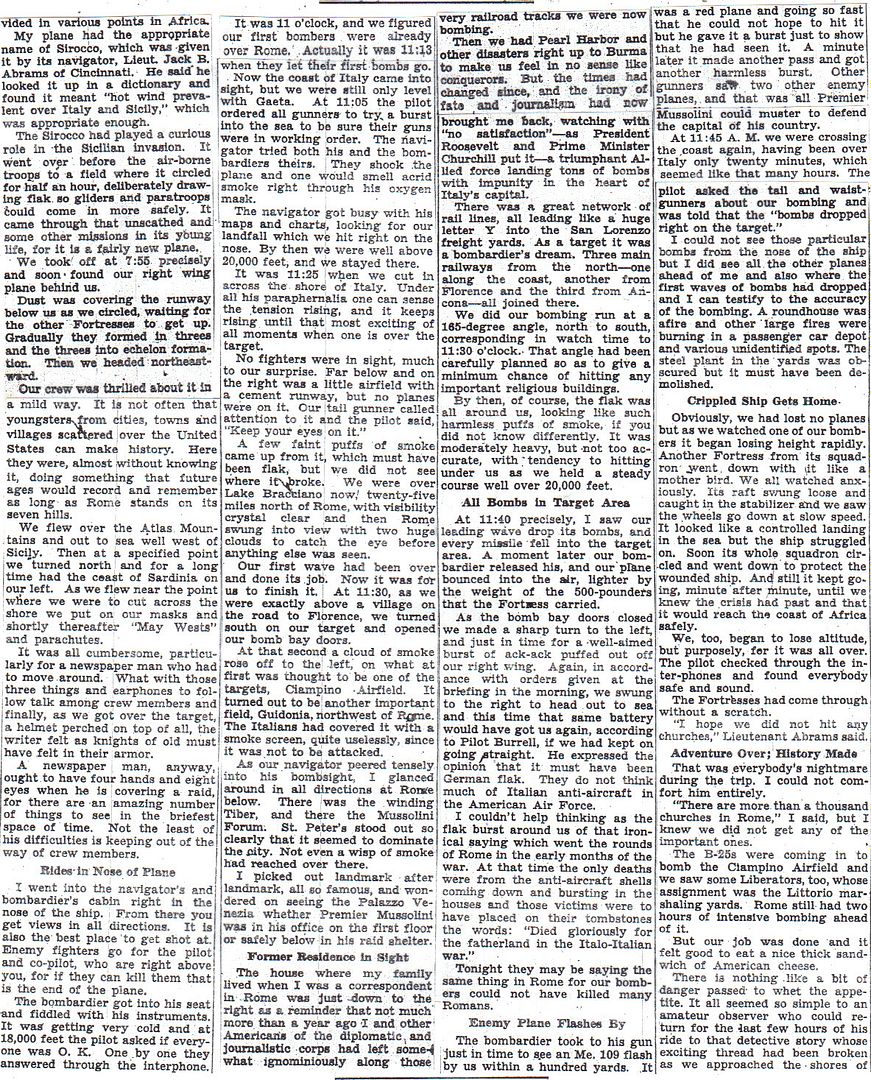

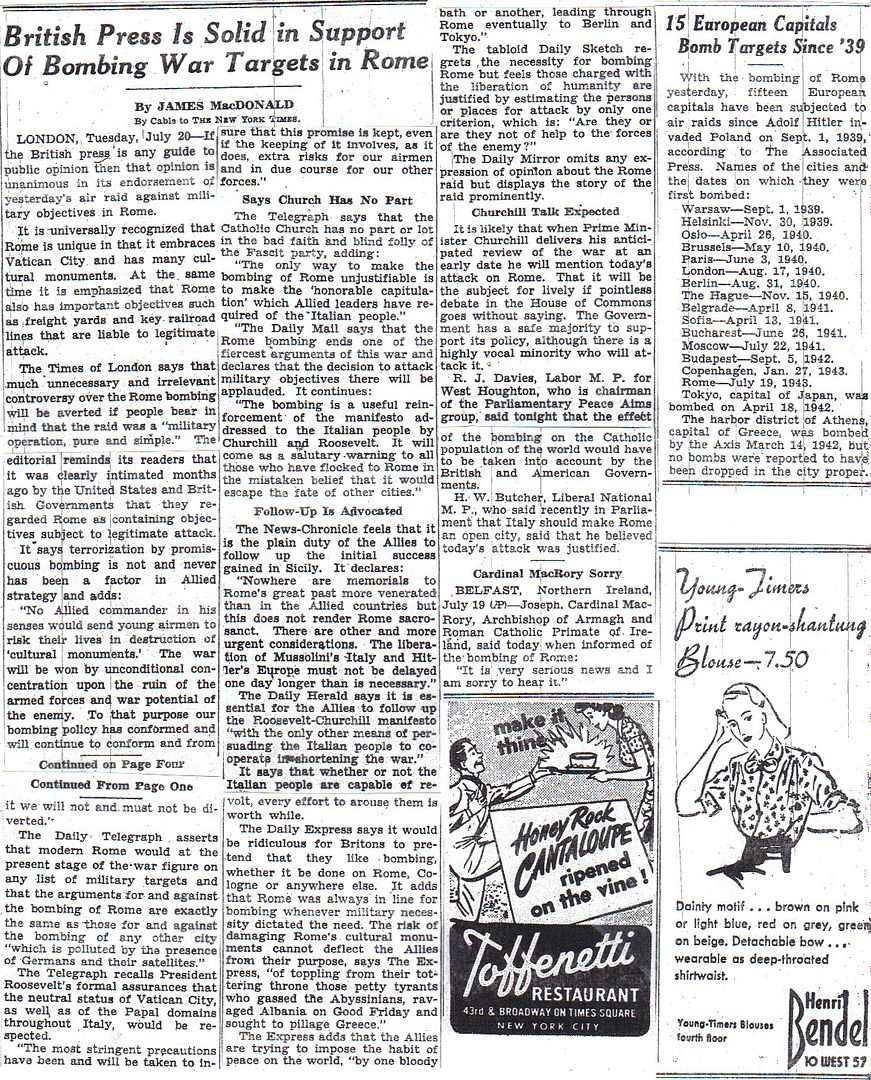
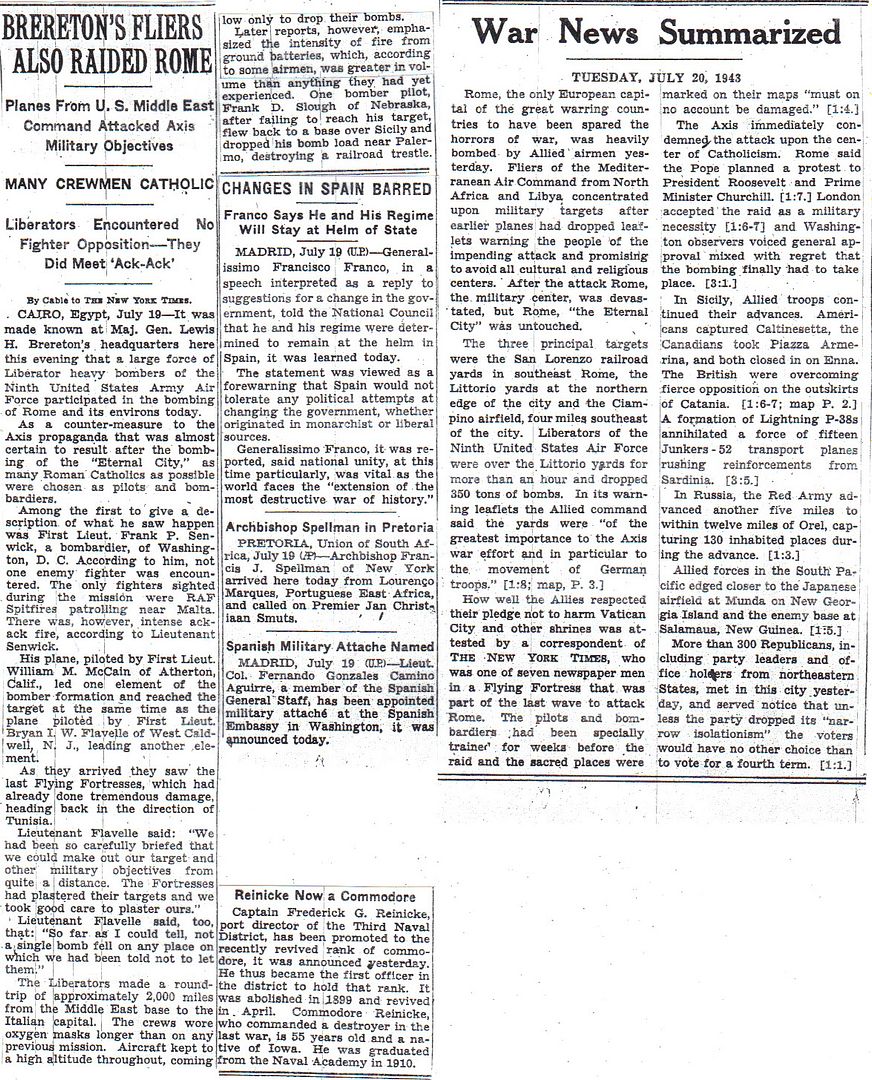
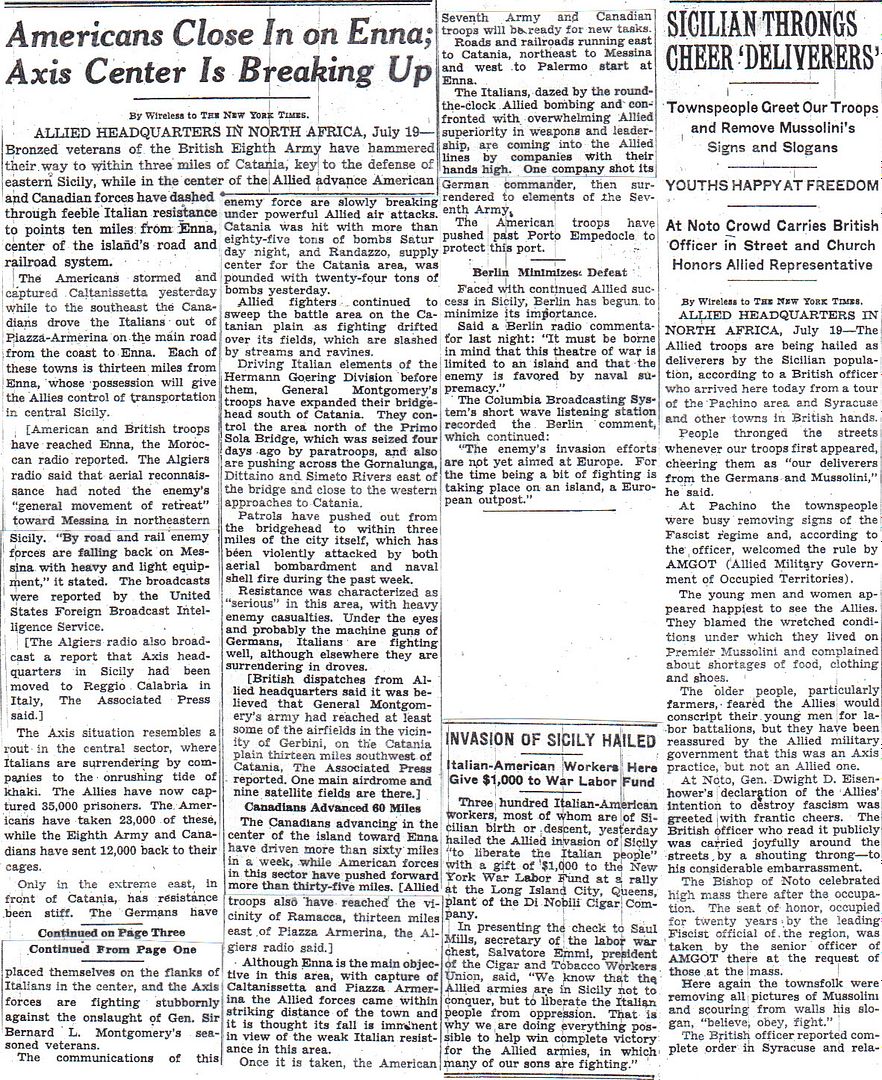
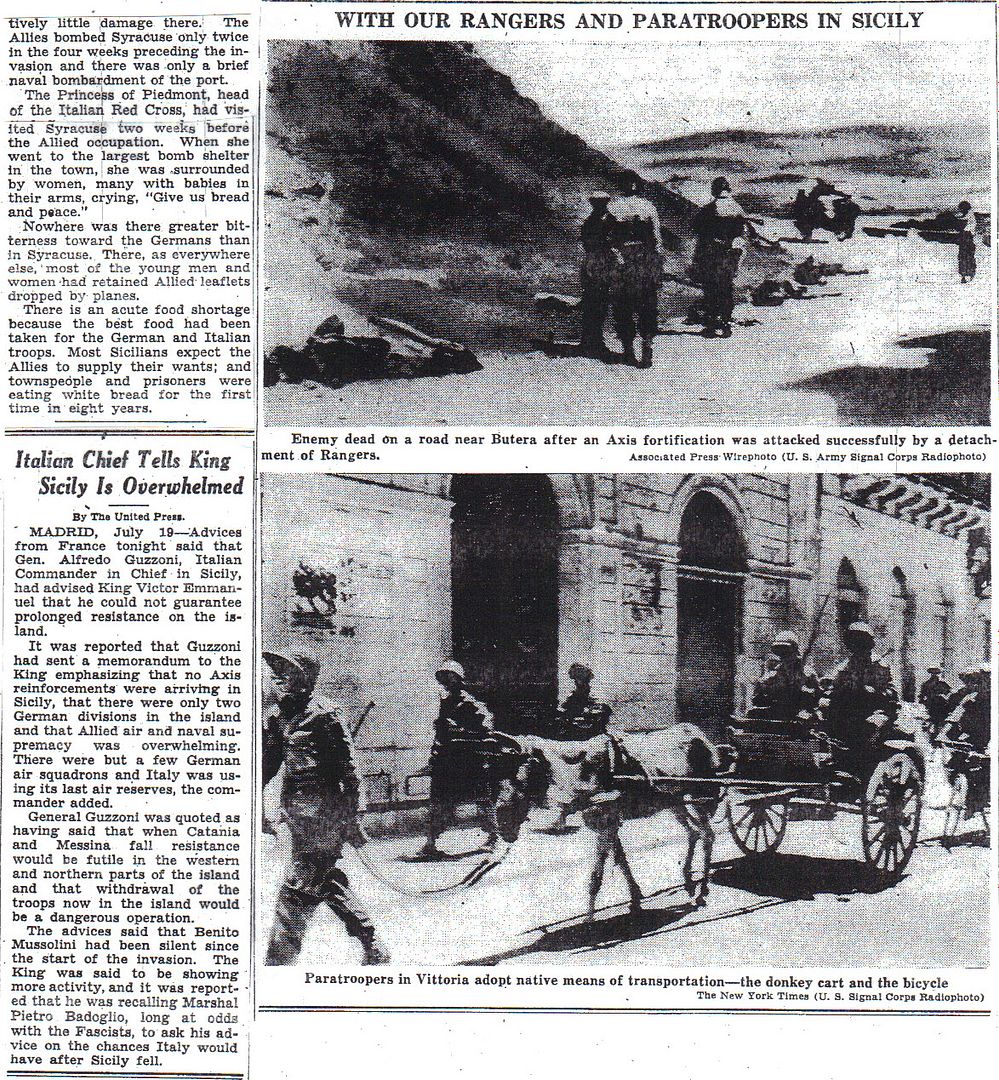
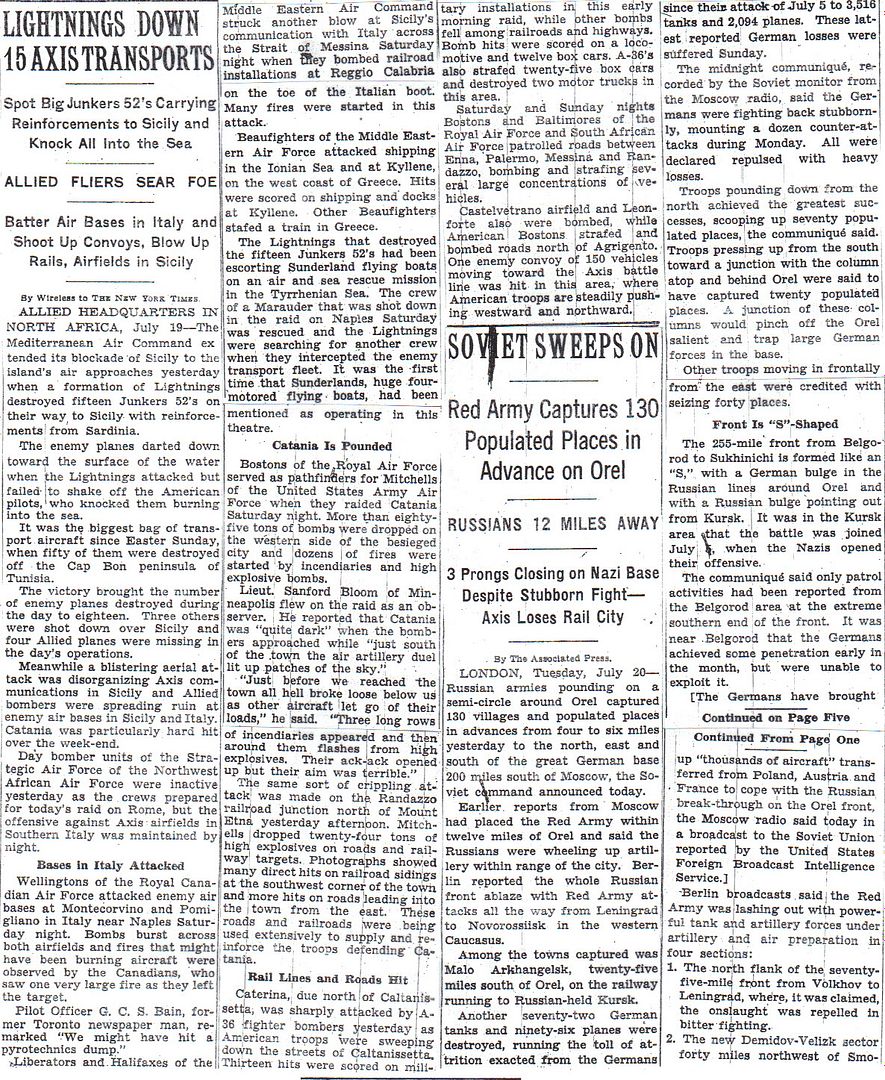
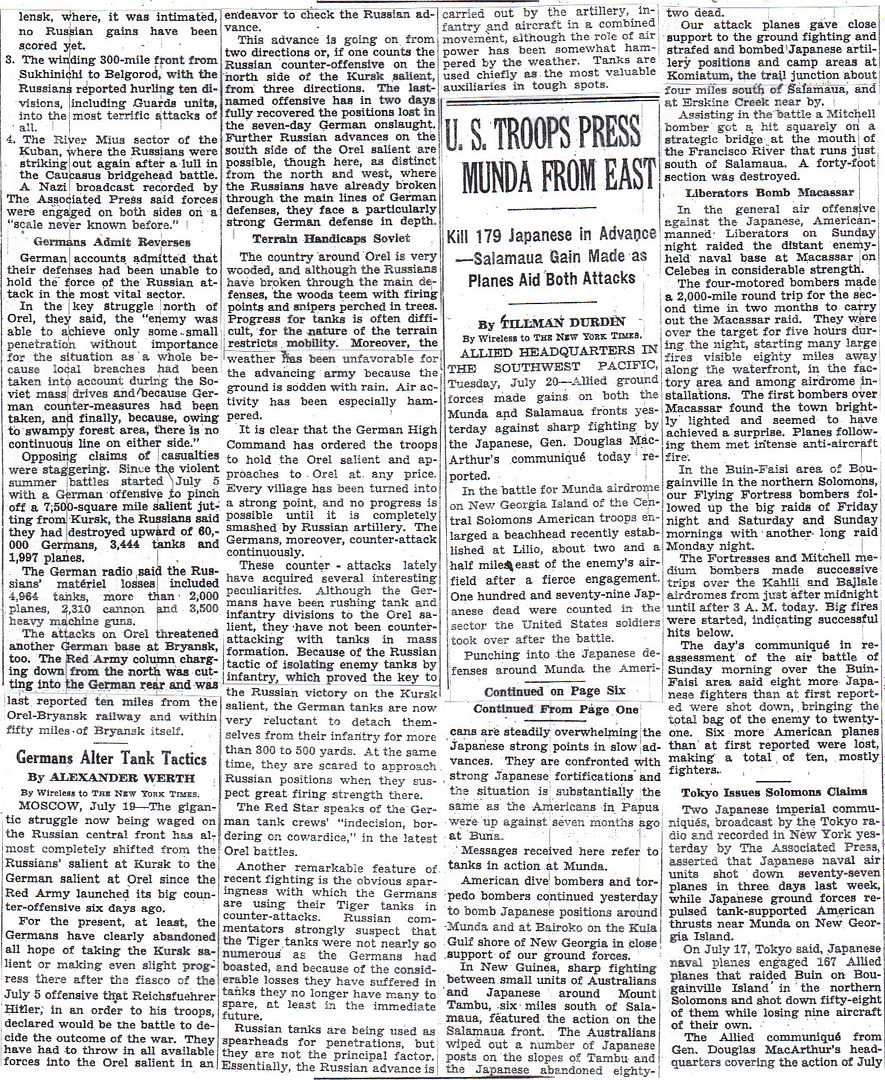
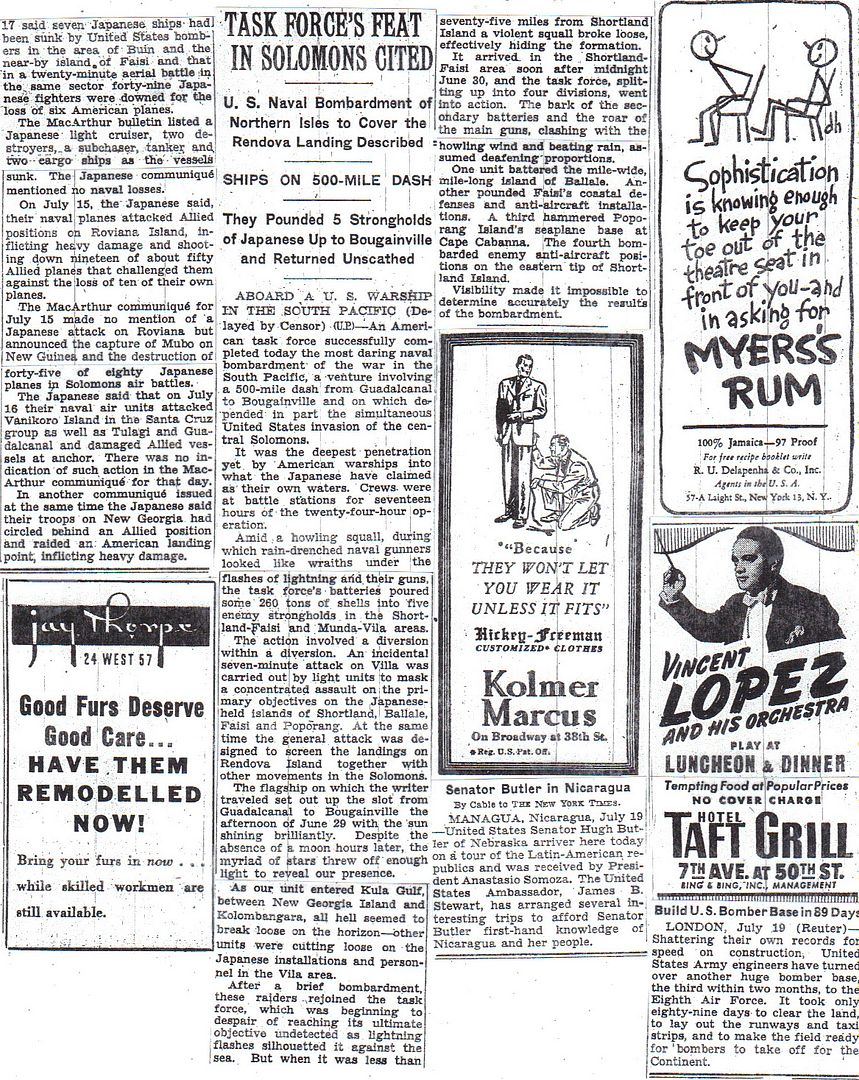
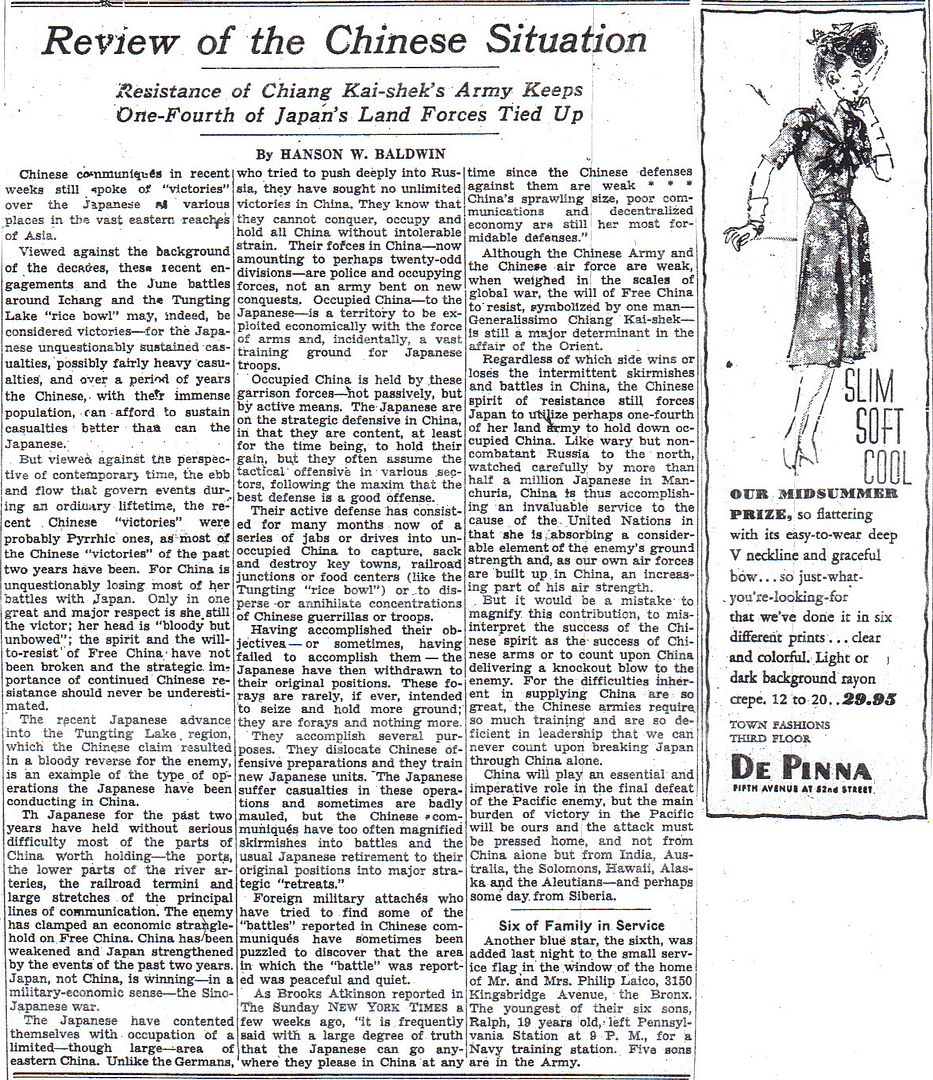
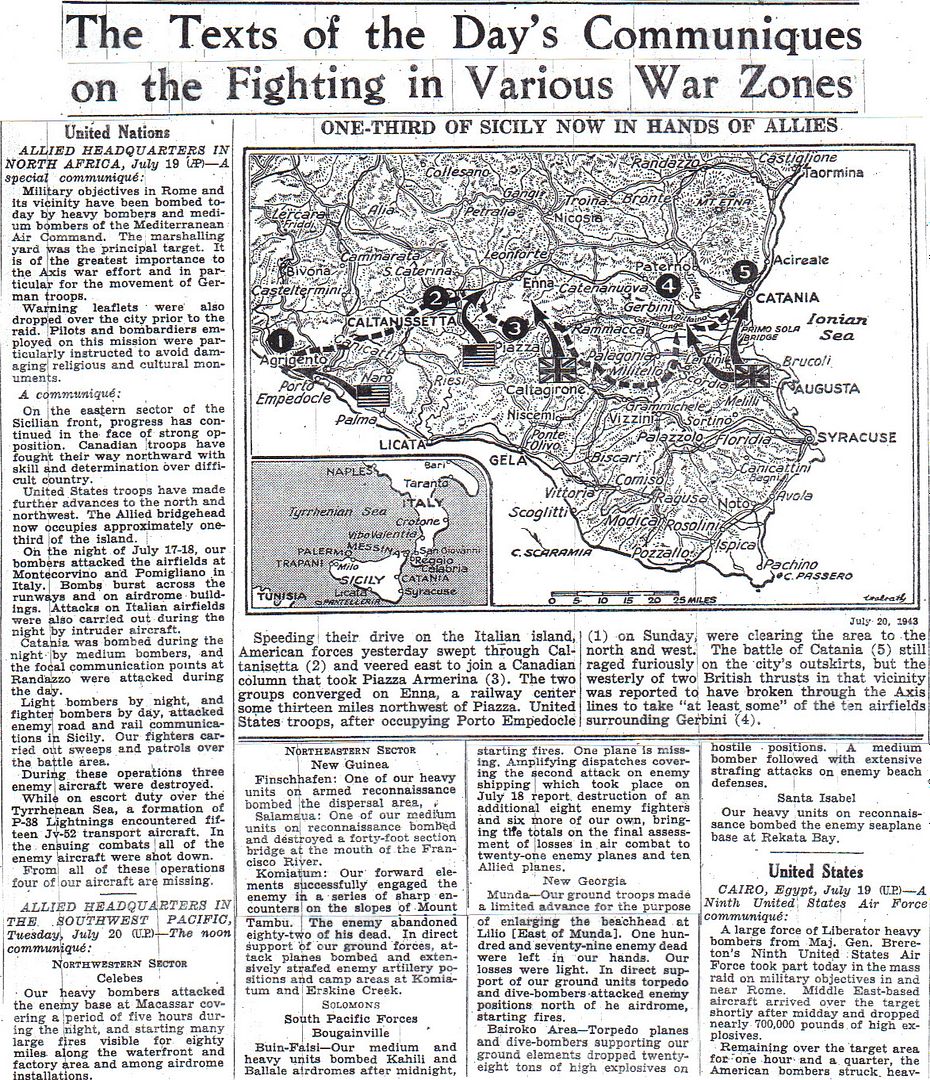
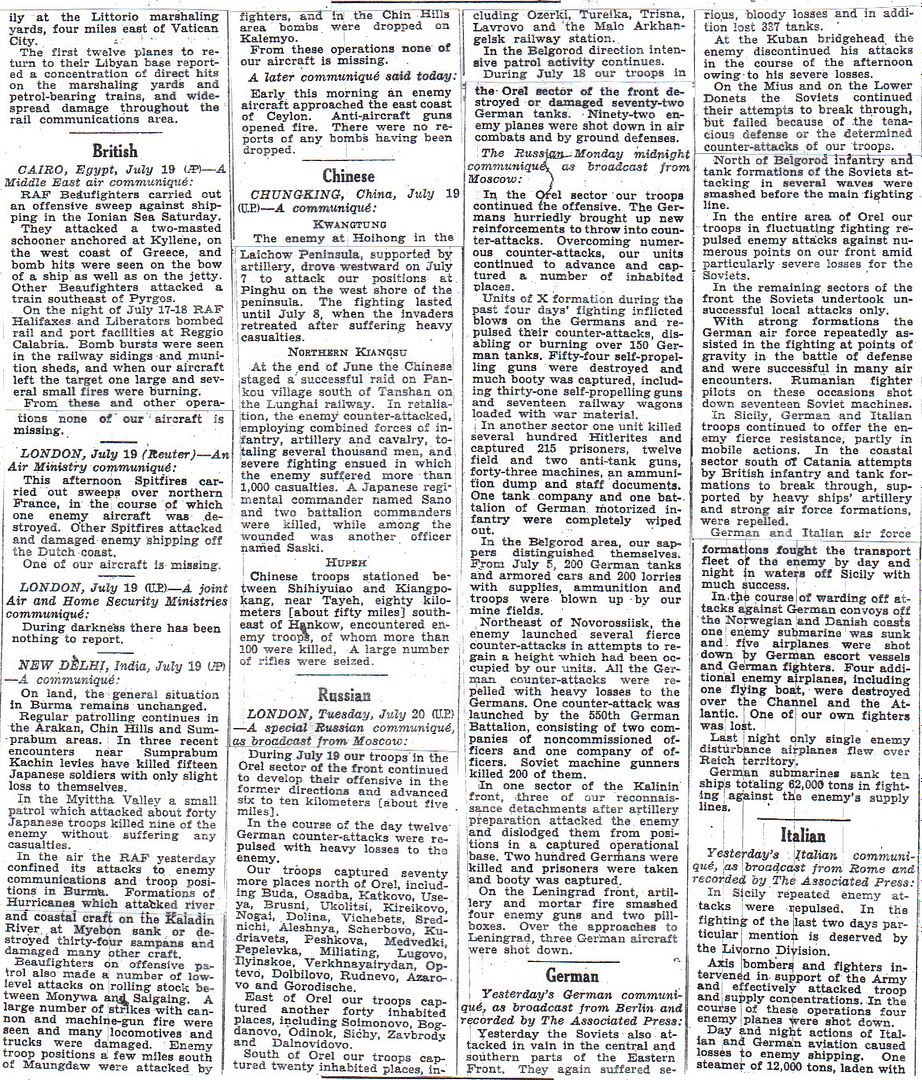
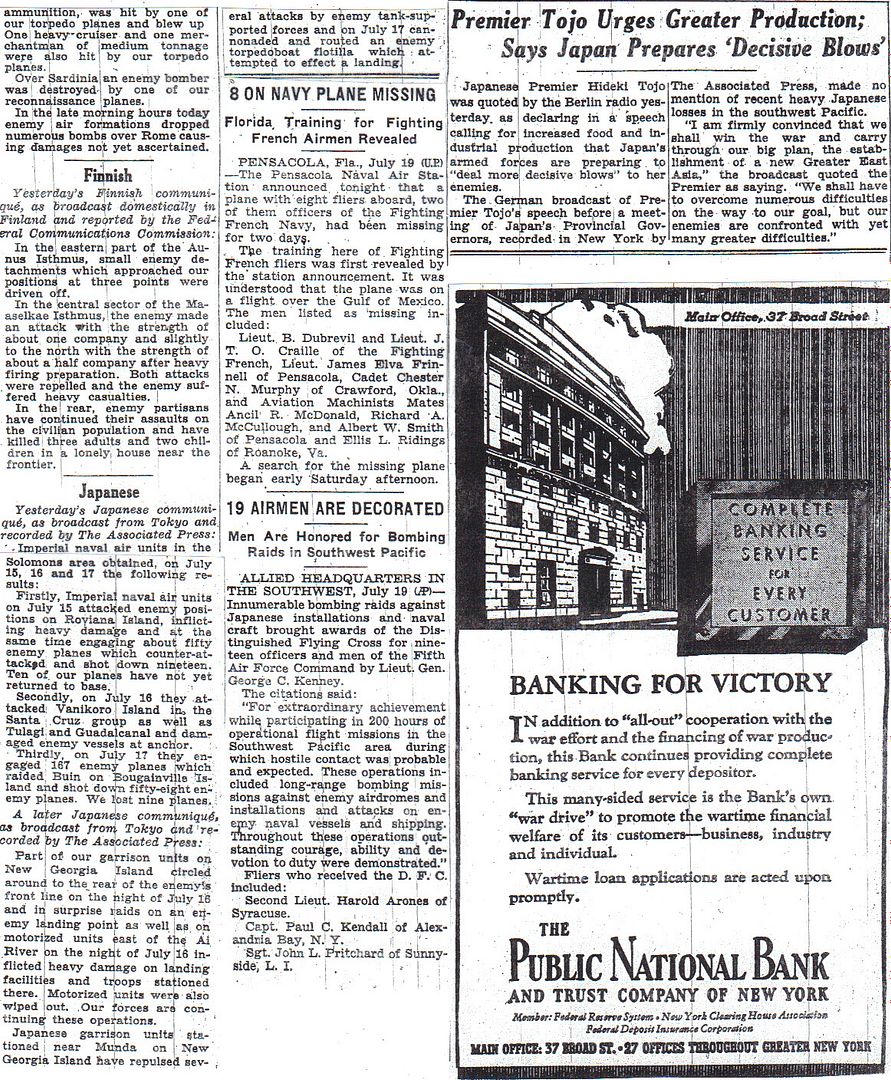
No feel free to butt in. Your input is always appreciated.
You really do bring up a good point with the Jumo-004. The problem went beyond just the blades though. The issue with this new engine was that it ran at higher rotational speeds and therefore higher temperatures than previous engine designs. The best suited materials for these high temperatures would have been made of nickle and chromium alloys depending on the application. But for the Jumo these materials were in extreme short supply. This led to some creative processes in order to get the engines manufactured. For example, to save the limited chromium for blade construction, they tried building the combustion chamber out of steel which was then anodized with aluminum and baked to make it more resistant to high temperatures (I think the baking process is the same as what they use today for aluminum blocks in cars). This was only somewhat successful and as a result the Jumo engines of May 1944 when I mentioned the 7 total Me-262s were assigned to combat would only last about 10 hours before they would fail. This is the primary reason why only 1 of the 7 aircraft was serviceable at this early stage.
Comparatively, the Do 335 would have been an easier design to implement on a large scale and it was supposed to be an extremely agile fighter. One of the reasons you don’t see more of these making it into combat was due to the Do 335 having all its eggs in one basket.
The tooling for the manufacture of this aircraft was all at the Dornier plant at Manzel. In March of 1944 this plant was completely destroyed in an Allied bombing run and production of the Do 335 was halted entirely until they could get a new facility online at Oberpfaffenhoffen. As far as I know by the end of the war a little over a year later there still was not a deployed Do 335 unit.
Interesting points about how the Germans could have forced escorts to drop their tanks at the coast. But I wonder, that does not seem to take into account that this would have required even MORE fights and the Luftwaffe was already starting to run shorter and shorter of those. They would have needed a group of fights along the coast to force the dropping of tanks and another farther in to engage the ‘undefended’ bombers. Both sets of fighters would be taking losses. So doing that would have require more fights, and would have resulted in more fighter losses. After our fighters dropped their tanks they would have fought and some Germans would have gone down. Still more would have been lost to the ‘undefended’ bombers. They were stretched thin already so a plan requiring more planes and more losses doesn’t seem workable.
Yeah, having thought about it some more, had the Luftwaffe chosen to meet the Americans above the beaches, they might have delayed the inevitable but I tend to doubt that it would have been more than a delay. Rather than proceeding on unescorted deep into Germany and risking additional Schweinfurts, the heavies might have stayed with their escort fighters and struck at lots and lots of coastal airfields until attrition took its toll on the Luftwaffe at which point deep escorted strikes could resume.
One thing I've never really understood about the Germans and perhaps someone can help me out is why they didn't try some sort of a bomblet attached to perhaps a half mile of wire and a small parachute. A plane such as an HE-111 flying just after attacking fighters (attacking fighters caused the bombers to bunch up) could approach from head on and above an unescorted formation and release hundreds of aerial mines. As these aerial mines drifted downward into the path of the bombers, when the wire struck the leading edge of a bomber's wing, the parachute above would create more drag than the bomblet below and cause the bomblet to be pulled up until it contacted the bomber's skin and detonated. The bomblet's explosive charge didn't need to be large. All it needed to do was blow a large enough hole in the bomber's skin that it would have to fall out of formation at which point German fighters could deal with it.
Were the necessary strategic metals for the Jumos ever sourced in reasonable quantities during wartime, or was it a matter of by 1943/1944 the required metals were no longer available due to lost territory and closed sea lanes?
The chromium came from Turkey. I believe the Turks caved to Allied pressure and cut off supplies even before the Soviets drove into the Balkans. The German war machine was very short on chrome and Speer listed the exhaustion of chrome as the reason for his predicted inevitable cessation of war German production.
The nickel came from the mines at Petsamo above the Arctic Circle. Those were lost when Finland exited the war.
The brits did something similar but decided it did not work well: http://battleofbritain.devhub.com/blog/567970-world-war-ii-churchills-aerial-mines-project/
Disclaimer: Opinions posted on Free Republic are those of the individual posters and do not necessarily represent the opinion of Free Republic or its management. All materials posted herein are protected by copyright law and the exemption for fair use of copyrighted works.